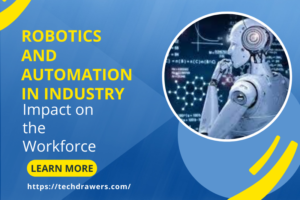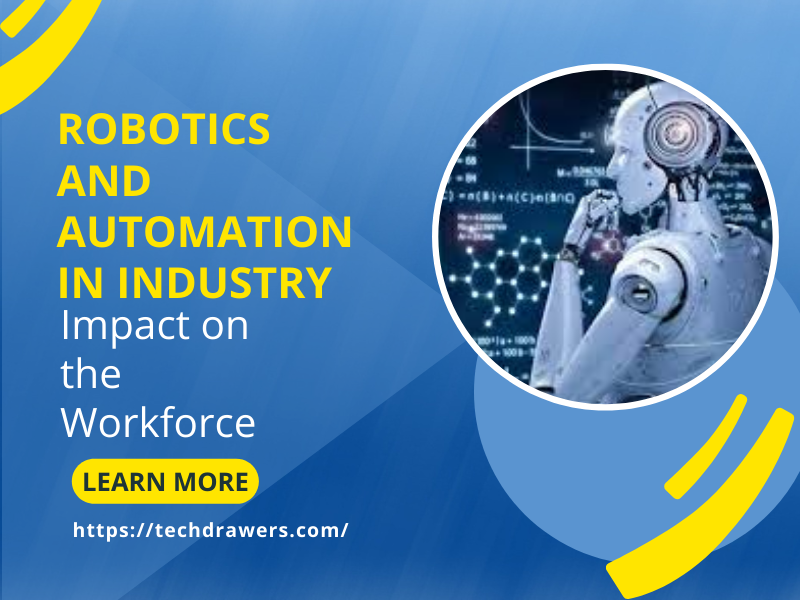The landscape of industries around the world is undergoing a significant transformation, driven by the rapid advancements in robotics and automation technologies. As robots become smarter, more capable, and cost-effective, they are increasingly taking on tasks that were once performed exclusively by human workers. This shift is raising important questions about the future of the workforce, the nature of employment, and the potential benefits and challenges that lie ahead. In this blog, we will explore the impact of robotics and automation on the workforce, highlighting both the positive and negative aspects of this technological revolution.
Increased Efficiency and Productivity
One of the most obvious and immediate benefits of incorporating robotics and automation in industries is the significant increase in efficiency and productivity. Robots can tirelessly perform repetitive tasks with unmatched precision and speed, leading to streamlined production processes and reduced operational costs. This heightened efficiency allows businesses to meet consumer demands more effectively and stay competitive in the global market.
Workforce Upskilling and Reskilling
As automation takes over mundane and repetitive tasks, human workers have the opportunity to focus on higher-value activities that require critical thinking, problem-solving, and creativity. This shift necessitates upskilling and reskilling programs to enable employees to adapt to the changing job landscape. Companies and governments must invest in educational initiatives that equip workers with the necessary skills to work alongside robots effectively.
Job Displacement and Transition
While automation offers numerous advantages, it also brings the fear of job displacement. Many traditional jobs may become obsolete as robots take over certain roles. However, history has shown that technological advancements often lead to the creation of new jobs and industries. Nevertheless, there is a critical need for comprehensive policies to support workers during the transition period and to ensure that no one is left behind.
Collaboration Between Humans and Robots
Rather than completely replacing human workers, the future of work is likely to be characterized by collaboration between humans and robots. Cobots (collaborative robots) are designed to work safely alongside humans, complementing their skills and abilities. This human-robot collaboration can enhance productivity and create safer work environments, where robots handle dangerous or physically demanding tasks.
Ethical and Social Implications
As robotics and automation technologies advance, ethical considerations become paramount. Questions arise about the ethical use of AI in decision-making processes, the potential for biases, and the implications of machines replacing humans in certain roles. Striking a balance between technological progress and ethical practices is essential for a harmonious integration of robots into the workforce.
Impact on Job Satisfaction
Automation has the potential to alleviate workers from monotonous tasks, allowing them to engage in more fulfilling and intellectually stimulating work. By reducing the burden of repetitive chores, job satisfaction levels may increase, leading to happier and more motivated employees.
Technological Unemployment vs. Technological Enhancement
The concept of technological unemployment, where automation leads to a net loss of jobs, has been a subject of debate. However, it is essential to understand that technology also creates new opportunities and industries. The key lies in preparing the workforce for the emerging job market by fostering adaptability and innovation.
Conclusion
The integration of robotics and automation in industries undoubtedly brings about significant changes to the workforce. As we navigate this technological revolution, it is crucial to consider the broader social implications and develop strategies to maximize the benefits while mitigating the challenges. By fostering a collaborative approach between humans and machines, investing in workforce development, and ensuring ethical practices, we can pave the way for a future where technology empowers individuals and enhances the global economy.











